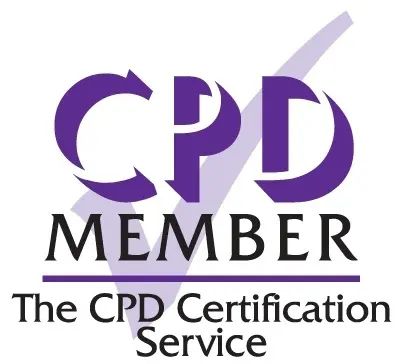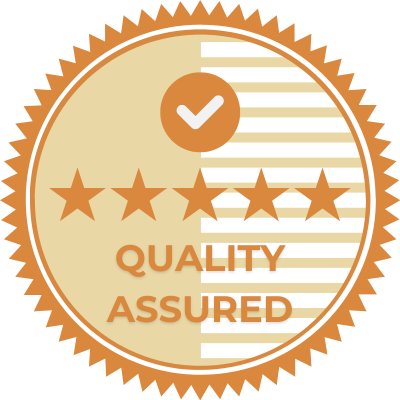This article is part of our Complete Guide to the 14 Allergens You Must Declare in Catering & Hospitality. Together, these guides help catering and hospitality teams identify and control every major allergen with confidence.
Why milk is a major allergen
Milk allergy is one of the most common food allergies in children and can sometimes persist into adulthood. It occurs when the body’s immune system reacts to proteins found in cow’s milk, such as casein and whey.
Unlike lactose intolerance, which involves difficulty digesting milk sugar, a milk allergy can cause immune reactions ranging from mild skin irritation to severe anaphylaxis. Even trace amounts can trigger a response.
People allergic to milk may react to:
- Fresh milk and cream
- Butter, ghee, margarine and yoghurt
- Cheese and cheese powders
- Milk proteins in baked or processed foods
- Ingredients such as whey, casein and milk solids
Common sources of hidden milk
Milk and dairy derivatives appear in far more foods than most people realise. In catering, they’re often found in products that don’t look like they contain dairy at all.
Sauces and soups
White sauces, soups and gravies often use milk, cream or butter as a base. Even tomato or vegetable sauces may contain cream or cheese for flavour.
Bakery and desserts
Cakes, pastries and biscuits nearly always include butter, milk or cream. Bread glazes, pancake mixes and even “non-dairy” desserts can still contain milk derivatives.
Coatings and batters
Breadcrumbs, tempura and frying batters often contain milk powder to improve colour and crispness.
Savoury items
Processed meats, mash mixes, and dressings sometimes contain milk proteins or milk powder for texture.
Drinks and coffee service
Non-dairy creamers can still include milk proteins. Shared steam wands on coffee machines are a common cause of cross-contact.
Labelling and communication
Under UK law, milk must be clearly highlighted in the ingredient list of any prepacked food. This includes:
- Prepacked for direct sale (PPDS) items covered by Natasha’s Law
- Prepacked products such as sauces, desserts or baked goods
- Non-prepacked foods, where allergen information must be available verbally or in writing
Always check the label, even on familiar ingredients. Many “vegan” or “dairy-free” substitutes are produced in facilities that handle milk, and may still pose a risk.
Never guess when a customer asks whether a dish contains milk. If there’s any uncertainty, check the recipe, supplier information or speak directly with the chef.
Preventing cross-contact in the kitchen
Cross-contact is one of the biggest risks when handling milk and dairy. Shared equipment and prep spaces can easily spread traces of milk into allergen-free dishes.
To reduce the risk:
- Use separate utensils, chopping boards and containers for dairy-free food
- Clean work areas thoroughly after handling milk or cheese
- Store dairy and non-dairy ingredients in clearly labelled containers
- Pay close attention to coffee machines, mixers and blenders that are used for both milk and non-dairy items
Good kitchen routines are the backbone of safe allergen management.
Supporting customers with milk allergies
When a customer mentions they’re allergic to milk, take the time to confirm every ingredient. Speak directly with the kitchen if needed and clearly note the allergy on the order ticket.
Avoid using shared fryers, grills or utensils unless they’ve been fully cleaned. Never serve a dish unless you’re completely certain it’s milk-free.
If a customer shows signs of an allergic reaction, act immediately.
Call 999, use an adrenaline auto-injector if available, and stay with them until help arrives.
For detailed steps, read What To Do If a Customer Has an Allergic Reaction.
Building knowledge and confidence
Milk is one of the most common ingredients in hospitality, which makes it one of the easiest to overlook. Regular training helps keep teams alert to where dairy might be hiding and how to manage it safely.
Take the Food Allergen Awareness Course for Catering & Hospitality.
It’s CPD-certified and built specifically for catering and hospitality teams who handle allergens every day.
Key takeaways
- Milk is one of the 14 allergens that must be declared by UK food businesses
- It often appears in sauces, coatings, baked goods and drinks
- Clear labelling and strong communication are key to compliance
- Consistent training and good kitchen habits protect both customers and teams
Learn more about managing all 14 allergens in our Complete Guide to the 14 Allergens.
FoodComplianceHQ – helping the food sector serve with confidence.




